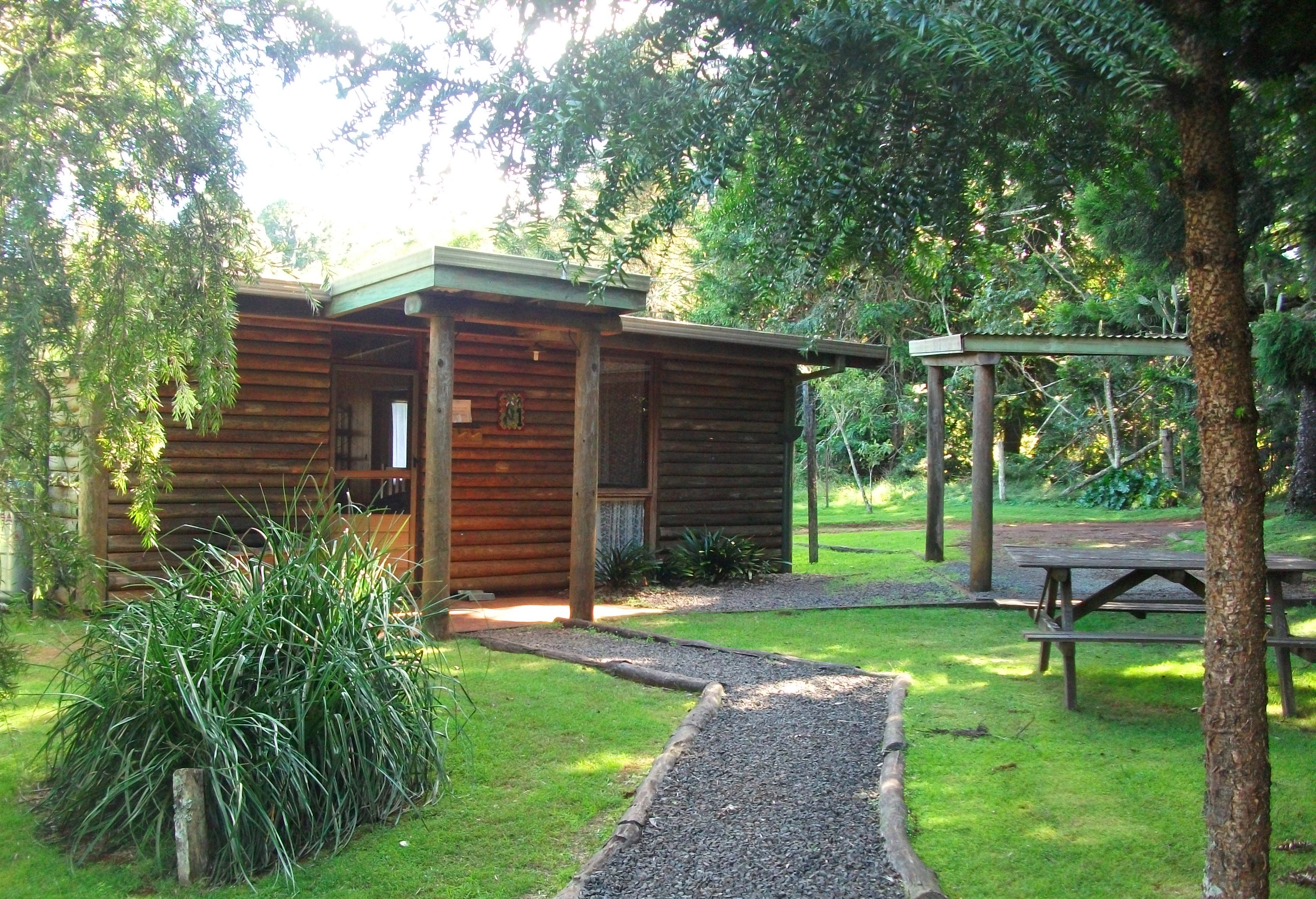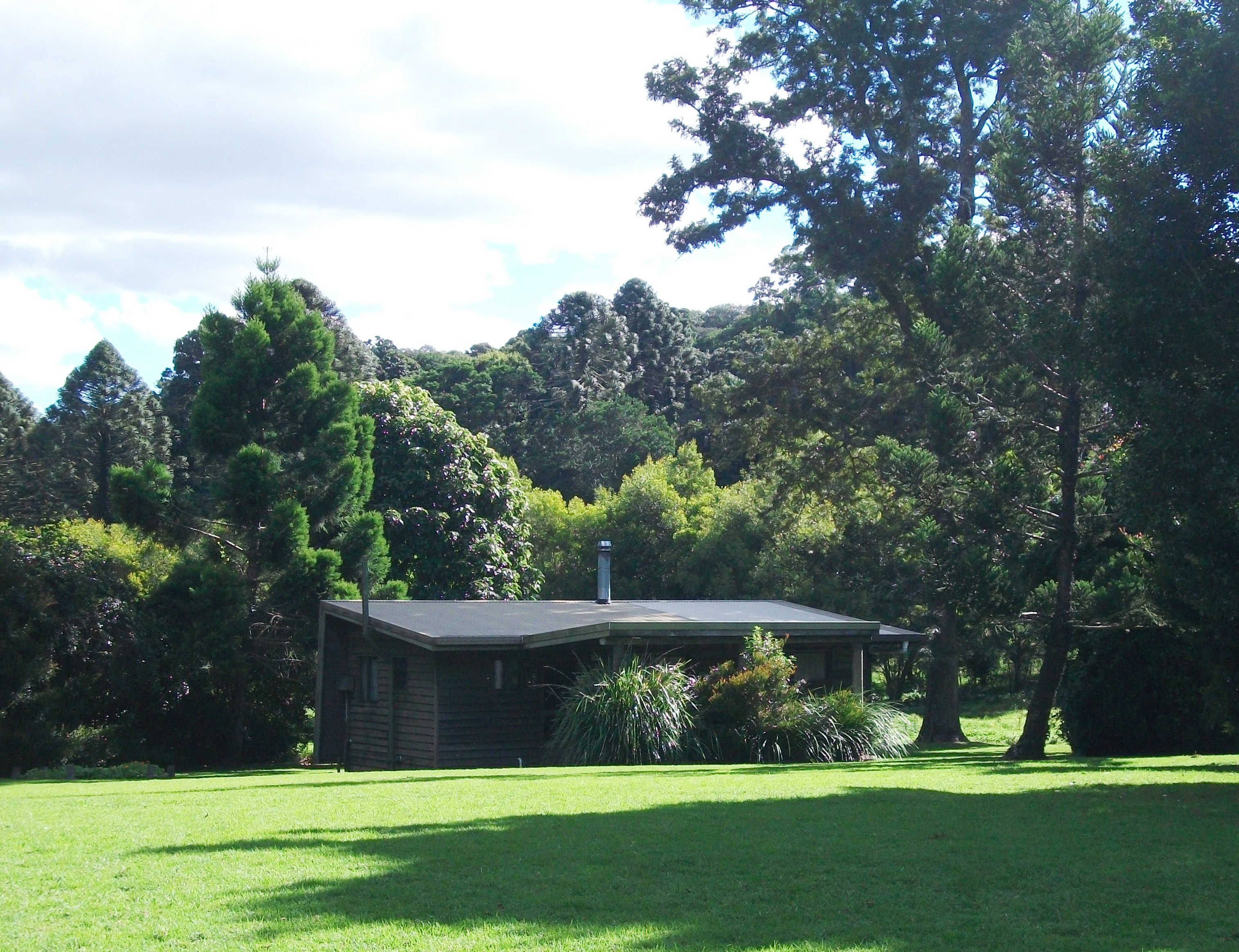Explore the Wonders of the Bunya Mountains
The Bunya Mountains are a unique part of Australia’s wilderness heritage and are one of the few national parks in Australia you can drive through. The mountains formed in the Jurassic era when dinosaurs roamed the earth and are located 3,500 feet (about 1,100 metres) above sea level.
The Bunyas have a cool sub-alpine climate year round. Combined with rich volcanic soils, this has resulted in the world’s most magnificent stands of two ancient conifers: Bunya Pines (with their distinctly conical tops) and Hoop Pines. These giant trees tower up to 60 metres throughout the area and are one of the key reasons the mountains were gazetted as Queensland’s second national park in 1908.
In addition, the park’s unique environmental ecosystem provides a refuge for a large number of native bird and animal species which are a delight to one and all. It’s possible to see flocks of native birds, parrots, brushtail possums, rednecked wallabies, swamp wallabies and pademelons close at hand.
The park also has a large number of well-marked walking trails which cover the many aspects of the mountains – anything from deep rainforest walks by sparkling waterfalls through to lookouts on the pinnacles that provide magnificent views over the surrounding countryside.
The Bunya Mountains has an average annual rainfall of around 1050mm, so heavy fogs and mists are common during extended rainy periods.
Visitors should also note that there isn’t a fuel outlet on the mountain (the nearest ones are at Maidenwell, Kumbia or Bell). So it’s wise to fill your tank at any of these places before you come up the mountain.
Year round temperatures are generally 5 to 10 degrees celsius below sea level and average temperatures on the mountain ranges between freezing and about 30 degrees celsius. Early mornings and evenings can also be quite cold, so it’s always advisable to pack a jacket or jumper no matter what time of the year you visit!
The Queensland Parks and Wildlife Service maintain a permanent office on the Bunya Mountains and can provide you with guidance and assistance on getting the most out of your visit to this living national treasure.
Bunya Mountain Guides
The Queensland Department of National Parks, Sports and Racing and the Queensland Parks and Wildlife Service tend to the day to day operations of the Bunya Mountains National Park. They have useful publications and maps available about the Bunya Mountains of interest to anyone who hasn’t visited the park before.
The Bunya Mountains National Park map outlines the range of walks and points of interest of the park. The other is a more comprehensive guide which not only covers those unique features in depth, but also contains maps of the walking trails through the Mountains with detailed commentaries about each one, and guidelines about how to protect and preserve this fragile environment (which we fully support!).


